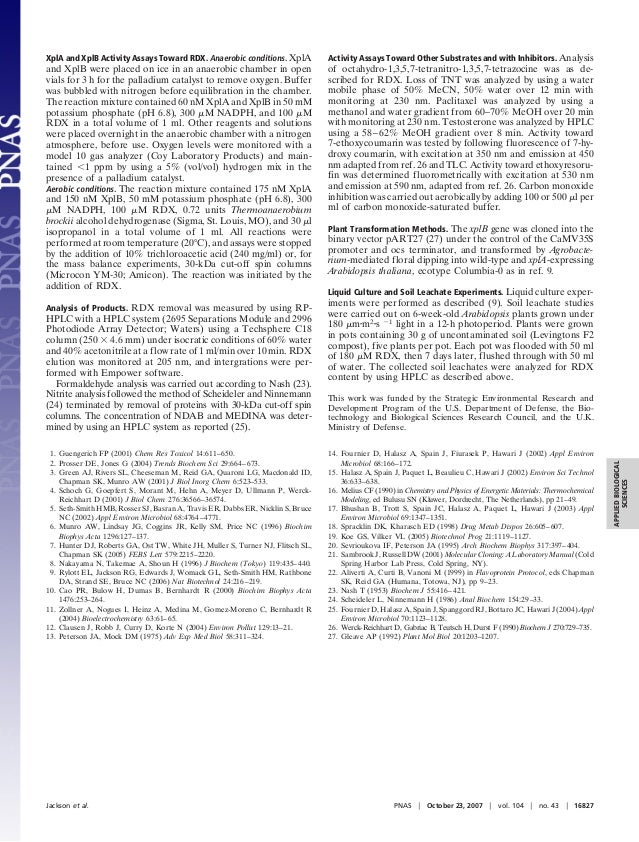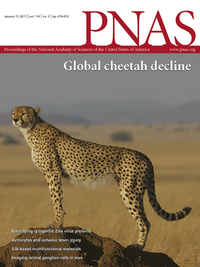


This view has been accepted ubiquitously ( 10 – 30).

Lesions of the VWFA can produce reading deficits ( 8).Įarly experiments suggested that VWFA responses are invariant to the visual field position of the stimulus (position invariant) and left-hemisphere lateralized ( 1, 9). The VWFA responds powerfully during reading tasks these responses develop in synchrony with learning to read ( 5, 6) and are relatively weak in poor readers ( 2, 7). The VWFA is located just posterior to the fusiform face area and lateral to the ventral occipital (VO) visual field maps, VO-1 and VO-2 ( 4). In humans, ventral occipitotemporal (VOT) cortex, specifically the visual word form area (VWFA) ( 1), is an essential part of the neural circuitry for seeing words ( 2, 3). The presence of position sensitivity in the VWFA has implications for how word forms might be learned and stored within the reading circuitry. These findings show that position-sensitive information is present in the neural circuitry that conveys visual word form information to language areas.

Furthermore, electrophysiological recordings in the human brain show position-sensitive VWFA response latencies. A right-hemisphere homolog (rVWFA) shows similarly position-sensitive responses. Using functional MRI pattern-classification techniques, we show that position information is encoded in the spatial pattern of VWFA responses. Such position invariance supports the hypothesis that the VWFA analyzes word forms at an abstract level, far removed from specific stimulus features. It is widely asserted that VWFA responses, which are essential for skilled reading, do not depend on the visual field position of the writing (position invariant). Seeing words involves the activity of neural circuitry within a small region in human ventral temporal cortex known as the visual word form area (VWFA).


 0 kommentar(er)
0 kommentar(er)
